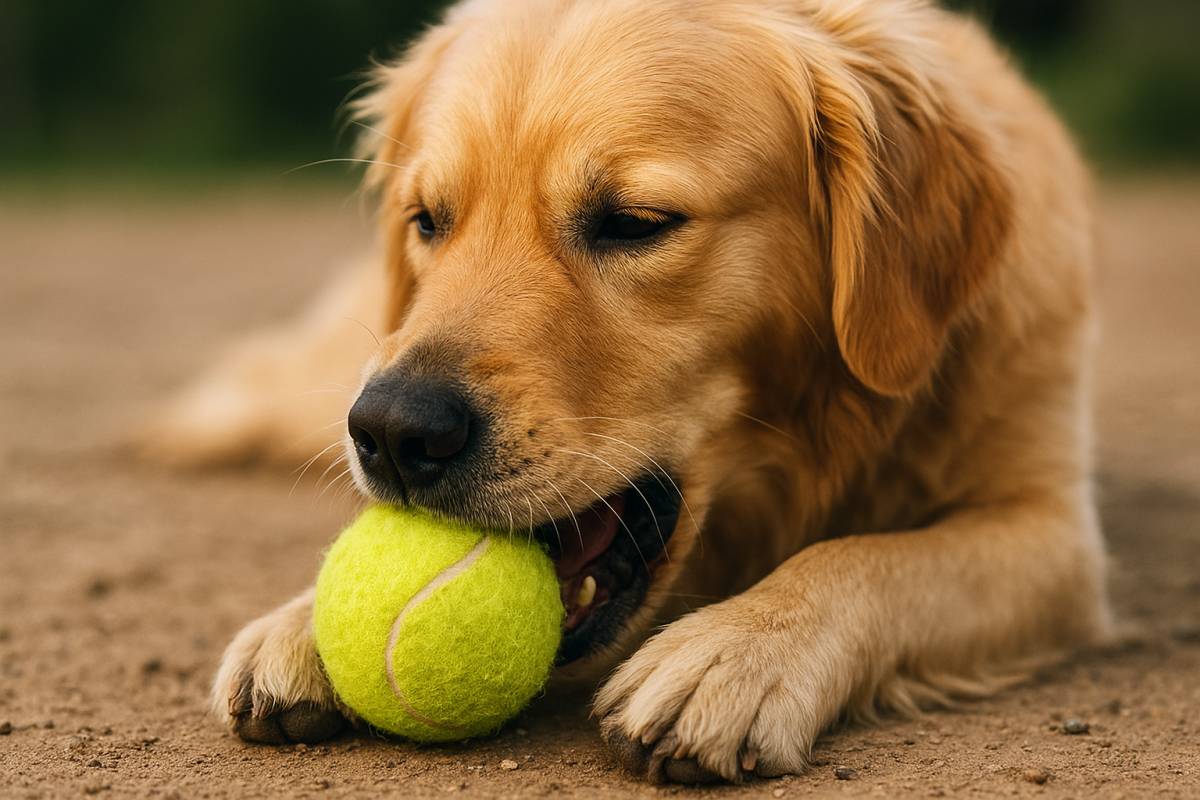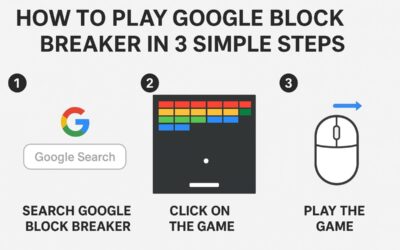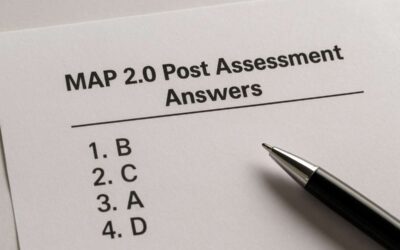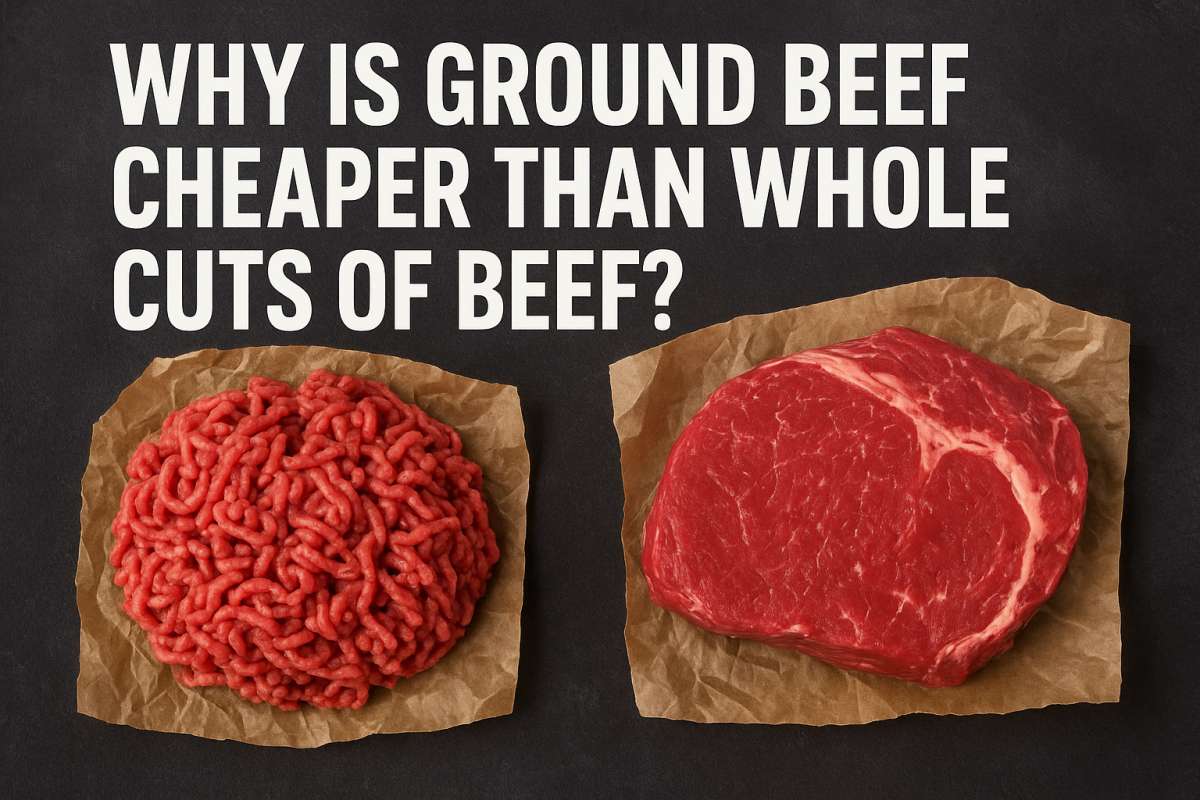Why my Dogs Love Chewing on Tennis Balls: Fun Habit or Hidden Risk?

Dogs love chewing on tennis balls because they’re bouncy, soft enough to grip, and satisfy their natural urge to chew – but while it may look adorable, this habit can also come with hidden risks for your pet’s health and safety. Let’s break down why dogs are so obsessed with tennis balls, whether it’s safe, and what you can do to keep playtime both fun and secure.
The Fascination: Why Dogs Love Tennis Balls
Dogs are instinct-driven animals, and tennis balls check many of their boxes:
- Chewing instinct – Dogs naturally chew to relieve stress and keep their jaws strong.
- Texture and bounce – The fuzzy surface and springy feel of tennis balls are exciting for them.
- Prey drive – Chasing a bouncing tennis ball mimics hunting behavior, triggering their playful side.
- Owner bonding – Fetch with a tennis ball creates positive reinforcement through shared fun with you.
In short, tennis balls give dogs sensory stimulation, exercise, and bonding—making them irresistible.
Is It Just a Fun Habit or Something to Worry About?
Chewing on tennis balls may look innocent, but it’s not always safe. While casual play is fine, constant chewing can cause:
- Dental Damage
The abrasive fuzz on a tennis ball can act like sandpaper on teeth, slowly wearing down enamel. - Choking Hazards
If a dog chews through the ball, broken pieces can lodge in the throat and block airways. - Stomach Issues
Swallowed pieces of rubber or fuzz can irritate the digestive system or even cause blockages. - Overexcitement
Some dogs become obsessive over tennis balls, which can lead to anxiety when they don’t have access.
The Hidden Risk: Are Tennis Balls Safe for Dogs?
Not all tennis balls are made with pets in mind. Standard tennis balls are designed for sports, not chewing. They may contain dyes, glues, or materials that aren’t dog-safe. Over time, this can lead to:
- Toxic exposure from chemicals.
- Excessive tooth wear from the rough felt.
- Unseen ingestion of fuzz that piles up in the stomach.
For dogs that are powerful chewers – like Labradors, German Shepherds, or Pit Bulls—the risks increase significantly.
Signs Your Dog’s Tennis Ball Habit Might Be Harmful
Watch out for these red flags:
- Worn-down or flattened teeth.
- Blood spots on toys after chewing.
- Vomiting or signs of digestive distress.
- Constant chewing on tennis balls instead of other toys.
- Guarding or obsession over tennis balls.
If you notice any of these, it’s time to rethink your dog’s toy habits.
Safer Alternatives to Tennis Balls
Luckily, you don’t have to take all the fun away. There are safer, dog-friendly alternatives:
- Rubber Fetch Balls – Specially designed, durable, and non-toxic (e.g., Kong, Chuckit!).
- Dental Chew Toys – Chew-friendly toys that clean teeth while satisfying the chewing urge.
- Rope Toys – Good for tug-of-war and chewing without choking hazards.
- Interactive Toys – Puzzle balls or treat-dispensing balls for mental stimulation.
Switching to pet-safe toys reduces health risks while keeping playtime exciting.
How to Keep Playtime Safe with Tennis Balls
If you still want to let your dog enjoy tennis balls, here are some guidelines:
- Supervised play only – Never leave your dog alone with a tennis ball.
- Replace worn-out balls – If the ball is cracked, chewed through, or fuzzy, toss it.
- Use dog-safe brands – Some companies make non-abrasive tennis balls designed for dogs.
- Mix up toys – Don’t let tennis balls be the only source of fun; add variety.
- Limit chewing – Use tennis balls for fetch, not long chewing sessions.
Final Thoughts: Fun vs. Risk
Dogs adore tennis balls because they’re fun, stimulating, and a way to connect with their favorite human – you. However, chewing on them too often can lead to dental problems, choking hazards, and stomach issues. The key is balance: allow your pup the joy of a game of fetch, but rely on safer chew toys for their chewing needs.








